In Novorossiysk, a memorial plaque was opened for the poor land veteran and sculptor Nikolai Bozenenko
Nikolay 10 was born on January 1924 of the year in Novorossiysk of the then Kuban-Black Sea region in the family of a worker of the cement plant "Proletarian". He grew up like all the boys of the port city and did not want to become a sculptor, although he was fond of painting and modeling. And, as soon as he turned 16, he left for Moscow, where he successfully entered the Moscow Hydrometeorological Technical School. But as soon as Nikolai managed to finish the first course, the Great Patriotic War broke out.
Together with the rest of the students, then already 17-year-old Nikolai sent to dig anti-tank ditches near Smolensk. When Nikolai returned to Moscow, there was simply nowhere to learn. The technical school was evacuated, and the war continued to roll around the country. Without thinking twice, Nikolay returned to his native city.
Waiting for a call, so as not to sit on their parents' necks, as is sometimes the case now, Nikolay takes a sailor to tow the Frunze. But the work was short-lived. In 1942, the brutal bombing of Novorossiysk began. The port's working horse, the Frunze tugboat, was unlucky, after another bombing it sank. Nikolai went straight to the military registration and enlistment office.
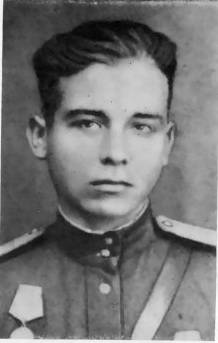 A young former student, a former sailor is sent to the Krasnodar machine-gun and mortar school. This time the science will be complete, and in the early spring of 1943 of the year junior lieutenant Nikolai Kirillovich Bozhenenko will already leave the school. In March of the same year, Nikolai will arrive at Gelendzhik at the disposal of the headquarters of the 18 airborne army. The war does not give trial periods, and after a few days, the lieutenant, who was not even 20 years old, parachuted into the bridgehead of Malaya Zemlya. Here he assumed the post of commander of the machine-gun platoon of the 404 th regiment of the 176 th Red Banner Division.
A young former student, a former sailor is sent to the Krasnodar machine-gun and mortar school. This time the science will be complete, and in the early spring of 1943 of the year junior lieutenant Nikolai Kirillovich Bozhenenko will already leave the school. In March of the same year, Nikolai will arrive at Gelendzhik at the disposal of the headquarters of the 18 airborne army. The war does not give trial periods, and after a few days, the lieutenant, who was not even 20 years old, parachuted into the bridgehead of Malaya Zemlya. Here he assumed the post of commander of the machine-gun platoon of the 404 th regiment of the 176 th Red Banner Division.The firing positions of machine gunners Bozhenenko were just 20-30 meters from the enemy. On the bridgehead of Malaya Zemlya, Nikolai spent five and a half months, right up to the liberation of Novorossiysk. And that means he found some of the most cruel and bloody April days. After all, it was precisely in April that General Wetzel, using the troops of Colonel-General Ruoff, Lieutenant-General Fribe, Major-General von Bünau and the mountain shooters of General Kress, prepared the “special” gift for the birthday of the Fuhrer. April 17 began the Nazi operation "Neptune". The sky was clouded not by clouds, but by the fighters of the Udet squadron and the bombers, who dug up almost every meter.
Even reaching Slovakia, Nikolay later recalled: “Consider it was the whole war, in which only the battles did not participate, but I didn’t see what was here anymore.” But Operation Neptune failed. The landing force survived.
In September 1943 of the year, the landlords, coordinating forces with the eastern group of troops, launched an offensive, freeing quarter after quarter. Soon the whole of Novorossiysk was liberated. But no one met the liberators with flowers or joyful greetings. The city was devastated in the truest sense of the word. Part of the population was evacuated to Gelendzhik, some went to the mountains and the nearest villages free from Nazis and Romanians, the rest got a bitter share — they were forcibly driven into Euro-slavery. Month after month, even before the September battles, Nikolai peered through the binoculars at the streets of his native city, but he could not see a single Novorossiysk.
However, hope is a great force, therefore, immediately after liberation, Lieutenant Bozhenenko, who had already passed the fire, received permission from the regimental commander to find his home. But only a few cracked walls remained from the native dwelling, and the yard and the street, wounded by craters, had managed to grow grass in some places. Naturally, Nikolay did not find anyone. Having chosen the most convenient whole wall, somehow sheltered from the rain, he wrote on it: “There was your Nikolai. No. of field mail ... Let those who see the parents report. ” So did almost all of the Novorossiysk, who participated in the liberation of the city and retained the hope of a quick meeting with their relatives.
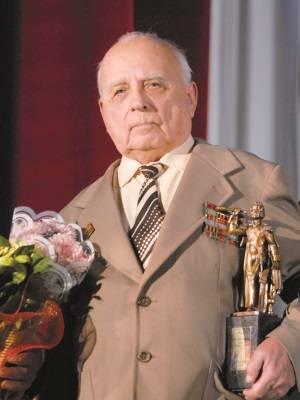 Quite young only by years, but a real warrior and a man, the commander of a machine-gun company already Nicholas turned gray just in those days, without even noticing it. Later, he recalled how, in a respite between fights on a halt, looking at the suddenly turned up mirror, he saw that his whole head was in some kind of dust. Naturally, a healthy and strong guy decided that he got dirty somewhere. As if nothing had happened, he got the soap and went to wash, but, no matter how much he washed his hair, the “dust” remained there.
Quite young only by years, but a real warrior and a man, the commander of a machine-gun company already Nicholas turned gray just in those days, without even noticing it. Later, he recalled how, in a respite between fights on a halt, looking at the suddenly turned up mirror, he saw that his whole head was in some kind of dust. Naturally, a healthy and strong guy decided that he got dirty somewhere. As if nothing had happened, he got the soap and went to wash, but, no matter how much he washed his hair, the “dust” remained there.Then there were battles near Kiev, the liberation of Zhytomyr, Drohobych and Ternopil, the forcing of the Dnieper and the Danube. Already in the 129-th Guards Rifle Division, created by re-forming the 176-th, landed on Malaya Zemlya, Nikolai went to battle in Poland, Hungary and then still existing Czechoslovakia. Less than six months before the long-awaited Victory in the Slovak city of Michalovce was seriously wounded and sent to the hospital, where he met Day of Joy and Sorrow.
Despite being seriously wounded, Guards Lieutenant Bozhenenko served another year in the distant Psebaysky military enlistment office. And only in 1946, he was able to return to his hometown, retiring with the rank of captain. In Novorossiysk, a front-line soldier from a working-class family suddenly got a job as a graphic artist at a local partnership. And in the year 1953 seriously carried away by modeling. Moreover, it was not just a hobby, Nikolai went to take mastering lessons right in Pereslavl-Zalessky to the famous monumental sculptor Lavinsky.
"Sailor with a grenade" in the distant 70's
As another front-line soldier Georgy Sokolov noted in his book “Small Earth”, Nikolai was very modest and never considered himself a master. Only after 27 has passed since Victory Day, Bozhenenko decided to take on a truly monumental work, which will become the most famous sculpture, born of his talent. Together with the namesake of Nikolai Nikitin, also a front-line soldier, Bozhenenko will create the well-known “Sailor with a grenade” even outside Novorossiysk (this was how the Novorossiysk themselves dubbed it). 16 September 1972, the monument was solemnly opened. Extremely laconic, extremely briefly and accurately conveying the intransigence of the defenders of Malaya Zemlya and the will to win, “The Sailor with a Grenade” is a sculptural exotic, since there are very few among the national monumental sculptures.
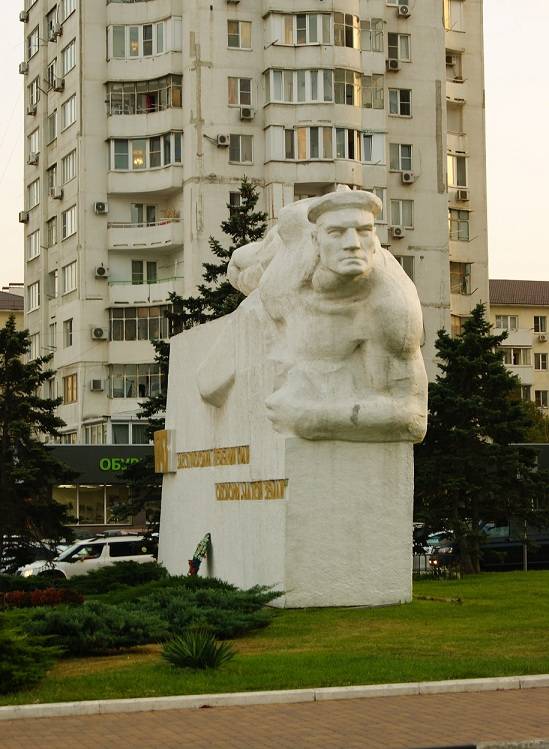
"Sailor with a grenade" in the rays of the setting sun
Part of the sculptural composition are anti-hedgehogs, which became almost a symbol of the Novorossiysk confrontation
Despite the fact that the sculptural works on the account of Nikolai Kirillovich quite a lot, they are little known. They decorate the modest Kuban villages, towns and public clubs, in the Soviet sense of these organizations. Nor did Bozhenenko chase after laurel brooms, bohemian bustle and semblance of vain masturbation, when our leaders exalt themselves with much more zeal than the heroes of their works or the art itself. Nicholas stubbornly and consistently kept this oath to himself to preserve the memory of the fallen comrades. Therefore, until the end of his days, he was an active participant in Operation beskorzyrka, which is held annually on February evening in all weathers.
On the back of the monument is an engraved battle map on the Little Earth.
Nikolai Kirillovich Bozhenenko was not in 2009 year. And it took a long eight years for the house in which the Honored Art Worker of Kuban, an honorary citizen of Novorossiysk, a knight of the Order of the Patriotic War of the I and II degrees Nikolai Bozhenenko lived and worked, a memorial plaque appeared.
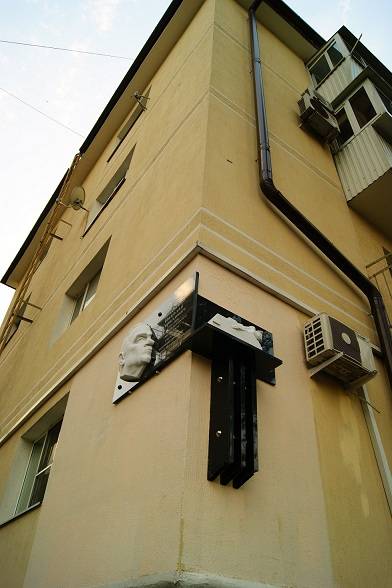
16 September 2017 is celebrated on the day when the liberation of the hero-city of Novorossiysk from the Nazi invaders is celebrated, a memorial plaque dedicated to Nikolai Bozhenenko was solemnly opened at the corner of the 51 house on Engels street. Despite the small sculptural form, the plaque was very organic, as if embracing a corner of the house. And a small copy of the famous “Sailor with a Grenade” also skillfully lures the passer-by in comprehending the history of both the monument itself and the amazing fate of its author.
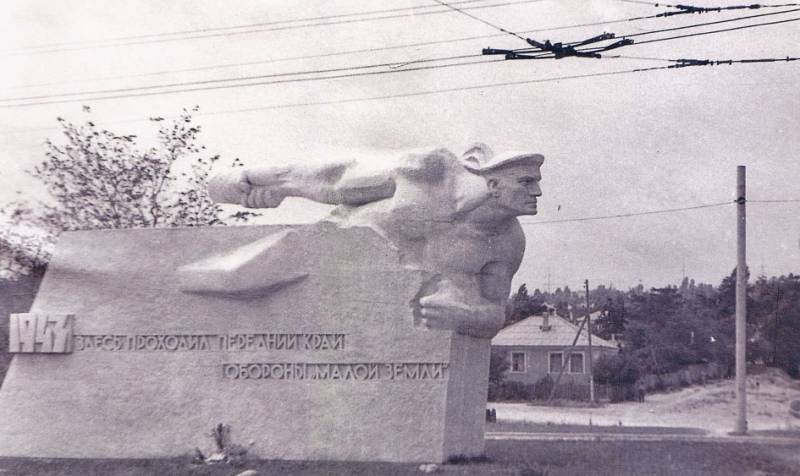
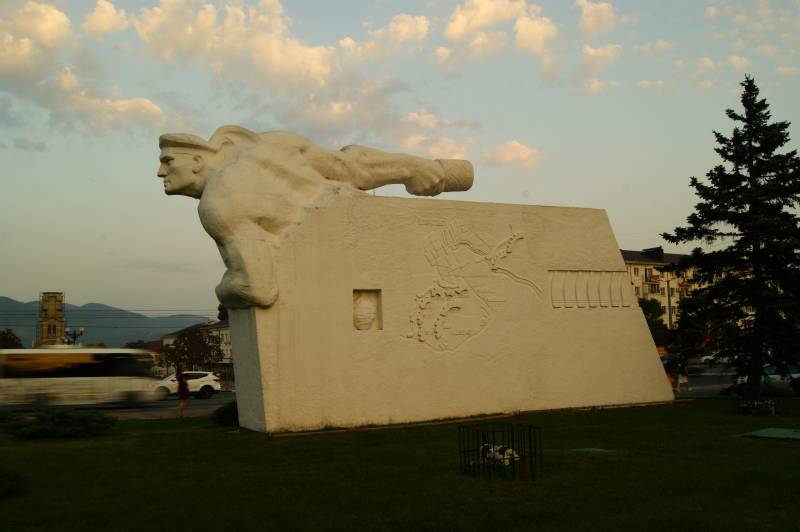
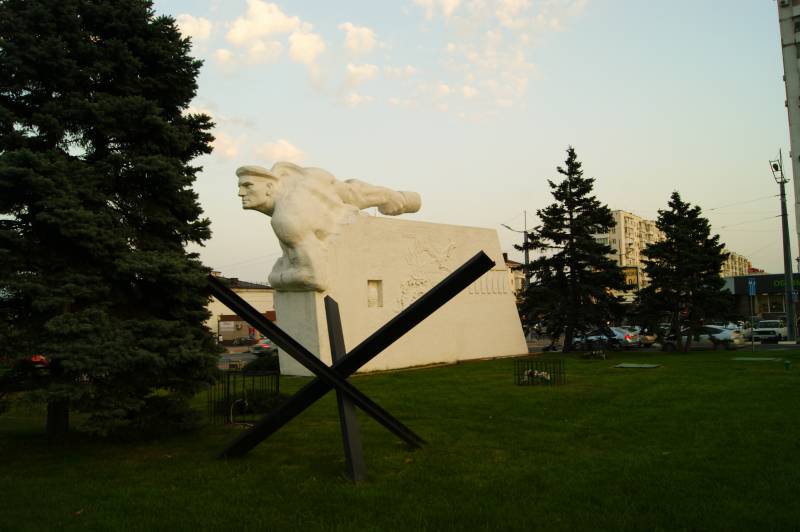
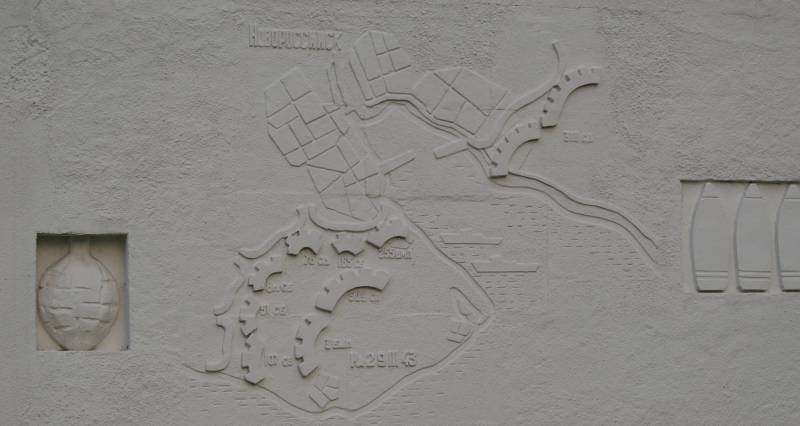
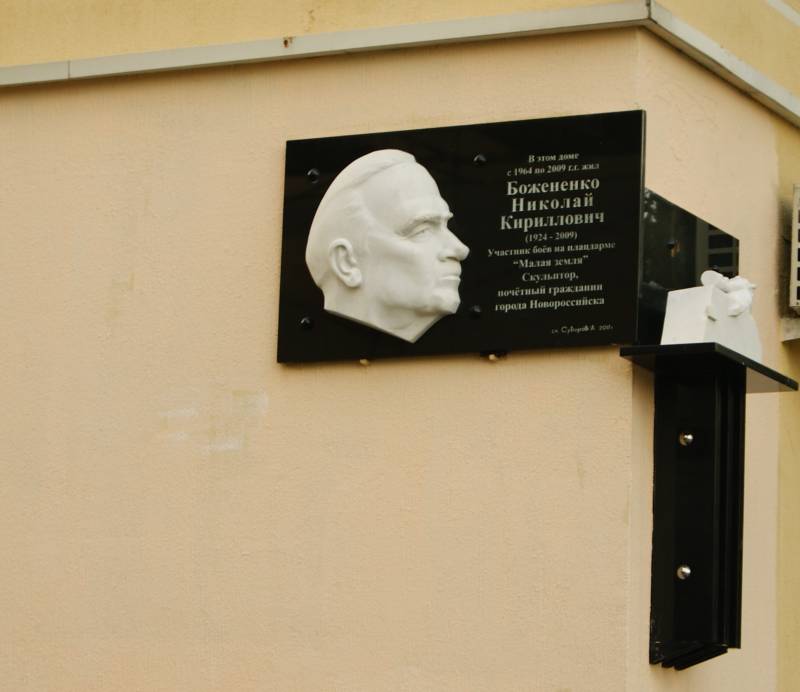
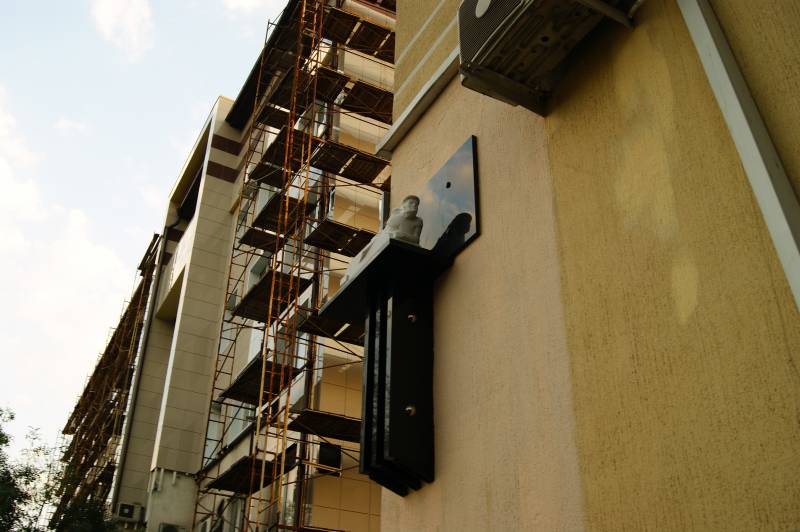
Information